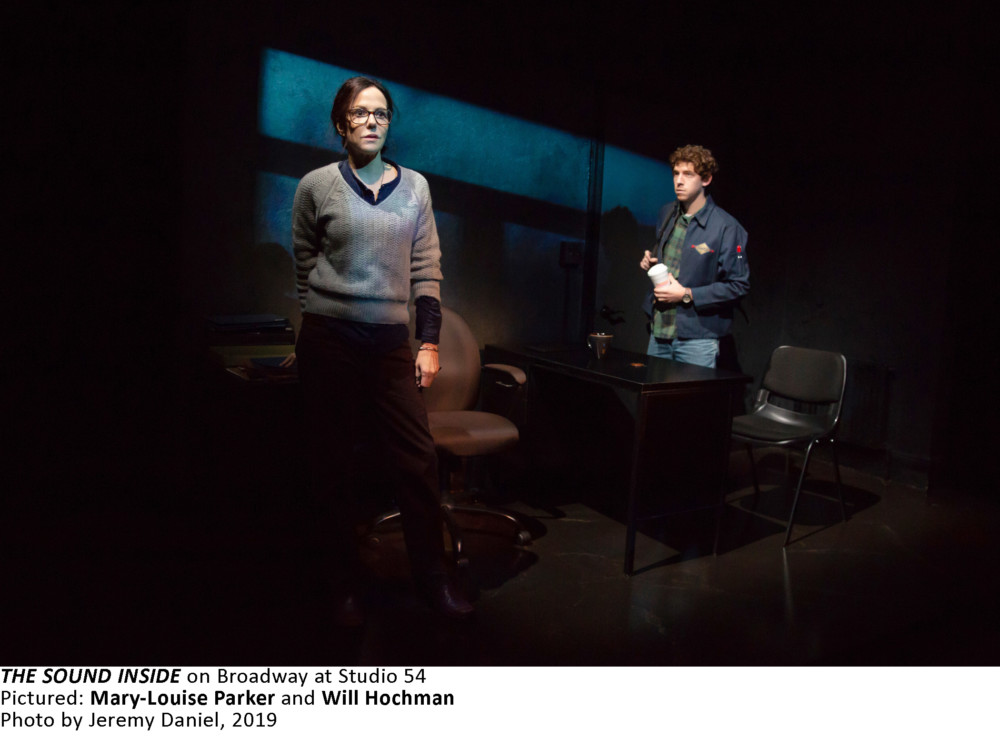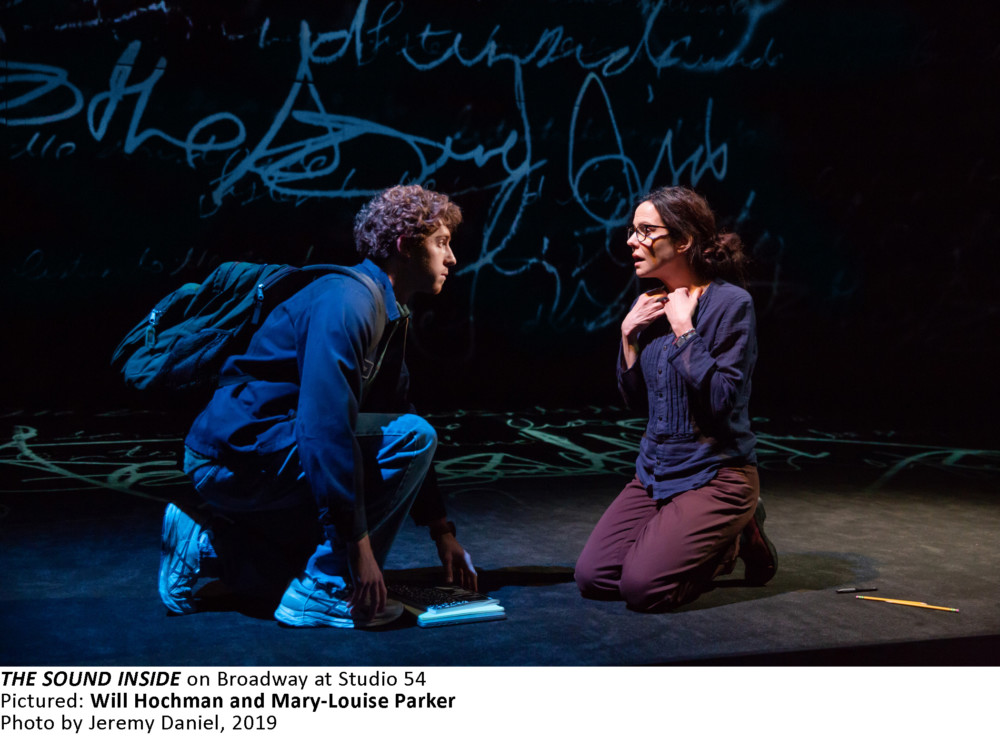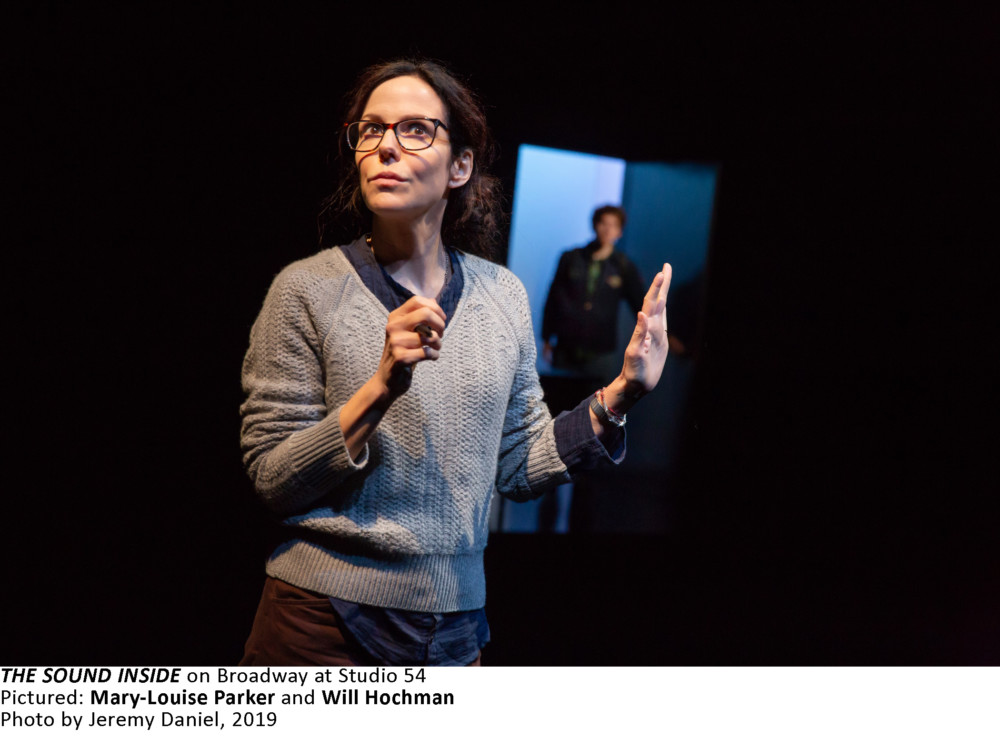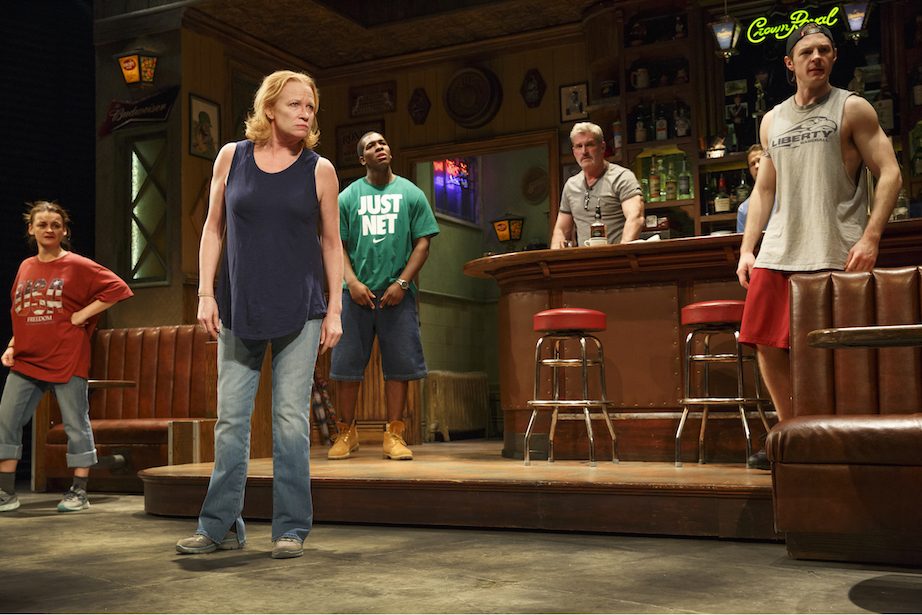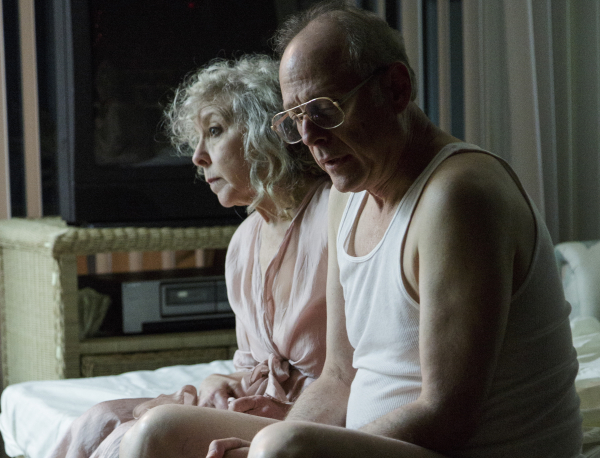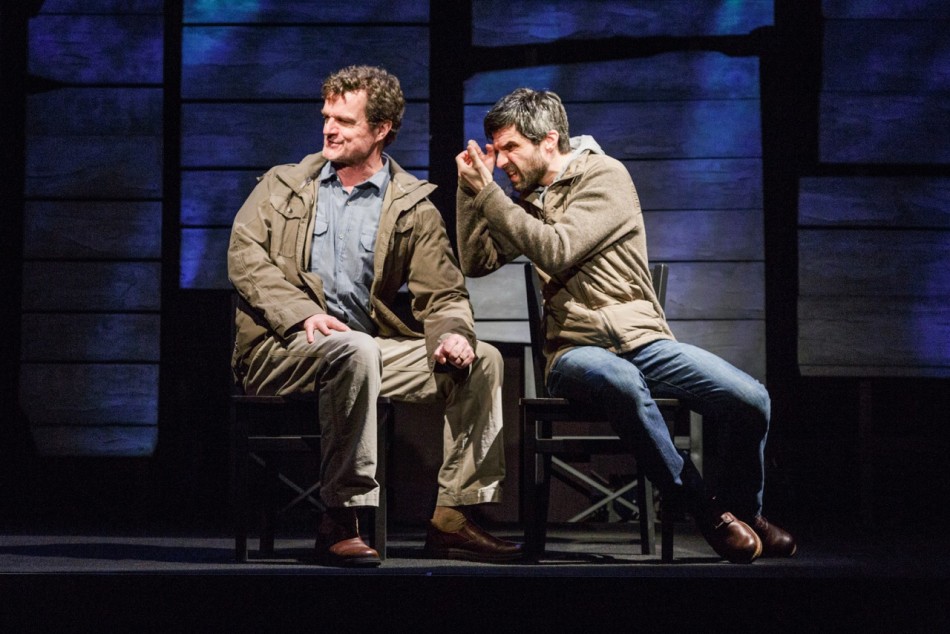By Samuel L. Leiter
My ho-hum response to Adam Rapp’s widely lauded The Sound Inside, starring Mary-Louise Parker, brings to mind a common critics’ problem. The job requires offering objective reasons for subjective reactions, which can raise the hackles of those with different opinions. For example, as we left Studio 54, an ecstatic reviewer asked me, “Wasn’t that marvelous?” I could do little more than smile wanly, which was insufficient to prevent stunned surprise from washing across her face.
The other day, after reading my review of Linda Vista, a distinguished theatre professor emailed me: “I am surprised you like this. I have to tell you that I hated and despised Linda Vista, as I do all three of Tracy Letts’ plays that I’ve encountered.” Then, when reviewing The Rose Tattoo, I read George Jean Nathan’s 1951 review of that play, when Tennessee Williams already had attained playwriting fame. He began: “I am disappointed at my continued disappointment in Tennessee Williams.”
Rapp has developed a noteworthy reputation as both a prolific novelist and Off-Broadway dramatist. Of those I’ve seen (Wolf in the River and The Edge of Our Bodies), The Sound Inside is his best play thus far. Nonetheless, I must dutifully report disappointment akin to Nathan’s.
The Sound Inside, a two-character, 90-minute drama, originally seen at the Williamstown Theatre Festival in 2018, has all the markings of an Off-Broadway play in David Cromer’s minimalist production. Its New Haven locales (designed by Alexander Woodward) are confined to either a black void, or small rooms showing a dingy office and an equally shabby kitchen. Here is enacted the odd-couple relationship between Bella Baird (Parker), a Yale professor of creative writing, and Christopher (Will Hochman), a garrulous, rules-breaking undergraduate.
The play’s preoccupations with literary concerns are expressed through pretentious-sounding encounters between Christopher, a budding, tech-averse (he uses a typewriter) student, and the spinsterish, 54-year-old Bella, whose thin resume (three little-read books) makes one wonder how she nabbed a tenured job at Yale. Their friendship, typically, begins unpromisingly when Christopher comes to Bella’s office without having made an appointment. He even spits on her floor when admonished. They gradually warm to one another as Bella recognizes in him the promise of a talented writer.
Christopher, a troubled soul, has few filters, even inquiring why Bella has no friends. None of her personal issues is more concerning, though, than her discovery that she’s got terminal cancer. Long passages deal with her family medical history, symptoms, and prognosis, not to mention the detailed, Internet-derived plans she has to commit suicide. The play runs along parallel lines, following Bella’s future and Christopher’s artistic development.
The threads combine when Christopher is enlisted to aid in Bella’s demise (no mention is made of his legal culpability) but first Bella must read his Dostoevsky-influenced (think Crime and Punishment), autobiographical novel. She’s overwhelmed by its quality, and we, by extension, are expected—based on the lengthy summations we get—to feel similarly.
Rapp has written The Sound Inside more as a novel than a play, with imagery-burdened sentences suited more for the page than the stage. Bella narrates it (in the past tense) as she’s acting in it (in the present), the dialogue veering between her writerly descriptions of what happened and her interactions with Christopher. While she often offers advice on writing, she never observes that, in playwriting, at least, the author must show, not tell. Since she’s around to narrate, her fate can be guessed at.
For all the play’s loquacious discussions of writing, books and authors, language, cancer, suicide, and, yes, sex, it’s difficult to become fully invested in Bella and Christopher, who seem more literary creations than flesh and blood. This is heightened by Bella’s “Eureka!”-like habit, while narrating, of writing down her choicest phrases.
Parker, always excellent, and Broadway newcomer Hochman act with understanding and clarity, but they seem to be commenting on their characters more than living them. All the back and forth between narration and dialogue casts a cool shadow over their emotions, diminishing any mystery and suspense. The dim visuals—dependent on shafts of light (thanks to Heather Gilbert)—increase the gloom.
Just this morning, another critic told me that the play had restored her faith in theatre. Instead of rapping Rapp’s play, I wish I could say the same.
Studio 54
254 W. 54th St., NYC


